Get Started for FREE
Sign up with Facebook Sign up with X
I don't have a Facebook or a X account
 Your new post is loading... Your new post is loading...
 Your new post is loading... Your new post is loading...

Nuno Magalhães Ribeiro's curator insight,
July 30, 2014 5:39 AM
As apps mais populares para os 3 grandes sistemas operativos mobile: uma representação gráfica muito interessante da respetiva evolução. vale a pena analisar!

Ruedi Grob's curator insight,
August 2, 2013 6:22 AM
Visuelle Reize sollten vermehrt und besser genutzt werden! 
Sue Alexander's curator insight,
August 3, 2013 11:09 PM
Great information about the power of visual communication. Artists since the dawn of man have known and used this power; technology raises the bar. 
Kimberly House's curator insight,
August 11, 2013 7:30 AM
Tap into the power of visual learning! I love infographics and I'm happy that they are becoming more and more plentiful and easier to find.

Ryan McDonough's curator insight,
July 7, 2014 5:55 PM
Covering the pros and cons of gaming, at least in the minds of some educators. I've covered the pros in depth here, so I'll review the concerns here. Some feel like violence in games can be a poor influence on impressionable children. Opponents claim that kids play games at home so why should they play them at school? Difficulty monitoring online activity; funding and resource allocation are also major reasons some are apprehensive over video games in school. Do I personally agree with them? No. But I was also raised in an environment that nurtured my love for gaming. Some of these questions should merit constructive conversations at the next faculty/staff meeting. 
Pandawami29's curator insight,
October 31, 2014 11:49 AM
This little chart shows us the pros and cons of using video games for educational purposes. Also the background is from the mario games. |

Tiziana Iozzi's curator insight,
September 11, 2013 1:37 AM
Un insegnante ha il ruolo di un mentore, è un modello, sa aiutare i ragazzi nelle difficoltà e li incoraggia a seguire i loro sogni... A chi di voi è capitata la fortuna di conoscerne almeno uno/a nella vita? 
Darleana McHenry's curator insight,
September 11, 2013 11:56 PM
I had the opportunity to tell my first grade teacher thank you 5 years ago. She actually had kept my first grade picture all these years. My teachers were great and school was my favorite place and I excelled there. So thanks to all the teachers that I did not get to thank. :-) 
Silvia Nascimento's curator insight,
August 6, 2015 9:22 PM
There are days when we ask ourselves why we teach...and this infographic shares lots of reasons for why we teach and how we impact our students...so as a visual to share, or one to look at you when you need some building up.

Àqíł Štår's curator insight,
February 25, 2014 9:11 AM
Poverty is increasing all around the world. If the world leaders do not do anything about it then it won't stop increasing. Financial assistance is sometimes not enough to get their daily needs. That is why the world leaders need to get poverty undone.
Soren Andrews's curator insight,
May 12, 2014 9:05 AM
This is a very good article because apart from having a lot of information, it has lots of pictures and statistics. Also, it uses many simple to understand pictures and charts. If you need numbers in bullying, this article is just what you need. 
Erin Ryan's curator insight,
October 24, 2015 5:53 PM
We use Olweus Bullying Prevention program in our region. It is a school and district wide effort to end bullying, promote healthy peer relationships, and to help students deal with bullying. The program teaches students through frequent class meetings. Videos and discussions are used to help students problem solve through those tough situations they encounter at school. Elementary students make pledges to their school communities in regards to not watching or letting bullying happen, treating others nicely, not talking badly about others, etc. The conversations are a bit more in depth at the middle and high school levels. The goal is to provide children of all ages with tools and strategies to help them deal with bullying, whether they are being bullied or are witnessing it. In our schools, we have yet to survey students since implementation so the impact of the program is yet to be foreseen. What is clear, is that schools must do something to proactively prevent bullying. Consequences for bullying should be clearly stated in handbooks with parents and students understanding the seriousness.
Diamaris Rios's curator insight,
April 10, 2017 7:10 PM
although this is not a "traditional" article, it does touch base on an important topic; bullying. one in four kids are bullied every month in the US. this article contains various statistics about bullying such as prevention, consequences, methods of bullying, and so on. this gives insight on how to notice bullying and how to tackle it. statistics show that "35.5% of students believe schools can help prevent bullying". The author stood true to its title and gave tips on how to battle bullying as a teacher, Things to remind students to do when they are around bullies… Speak up against bullying. Say something like, “stop it.” Walk away. Act like you do not care, even if you really do. Tell an adult you trust. They may have ideas about what you can do. Stick together. Staying with a group might help." Sometimes it is hard to speak to someone about bullying with an adult but if teachers made themselves "friendlier" and more open, I'm sure more and more kids would open up about their struggles in school.

Marcelle Searles's curator insight,
August 29, 2013 5:25 PM
Students are loving this, especially those students interested in numbers, but visual learners are also more engaged. |










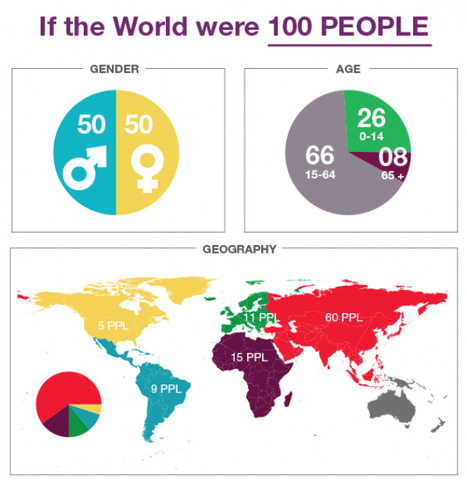

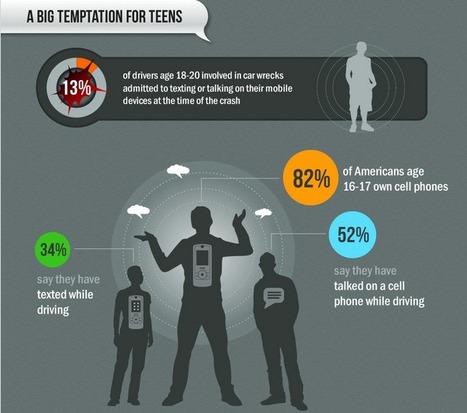
![How Much Digital Clutter do you have in your Life? [INFOGRAPHIC] | Eclectic Technology | Scoop.it](https://img.scoop.it/85mhmzYIbndg9V0-xLTgiDl72eJkfbmt4t8yenImKBVvK0kTmF0xjctABnaLJIm9)
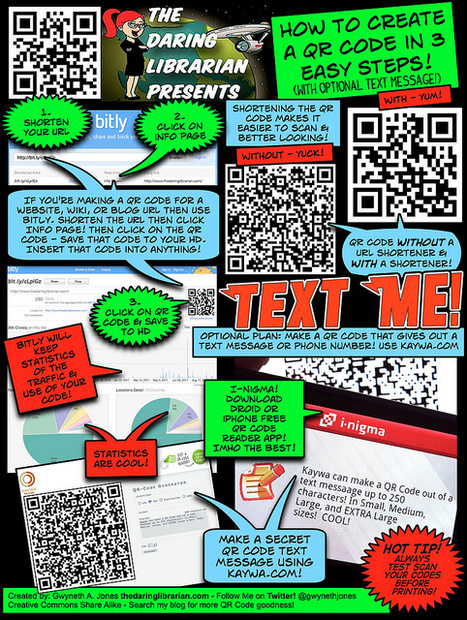
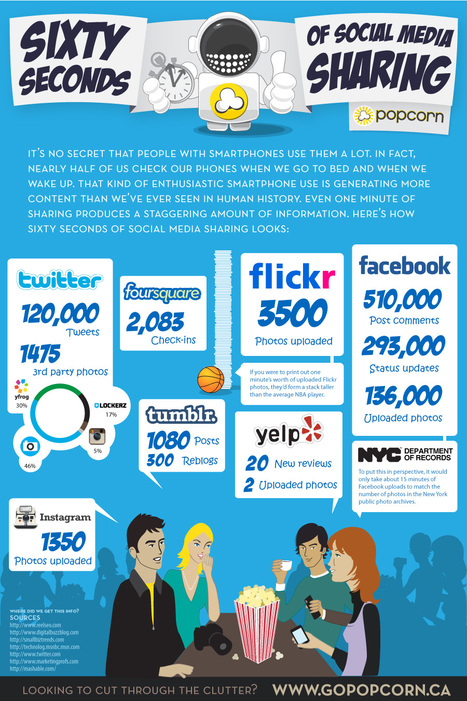
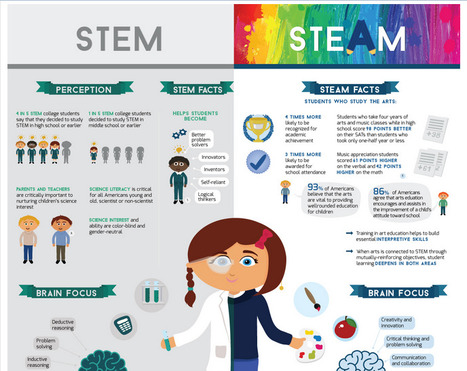
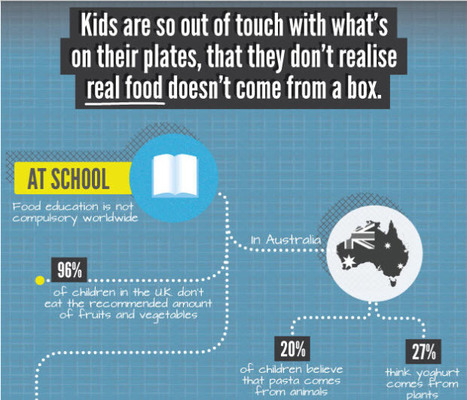

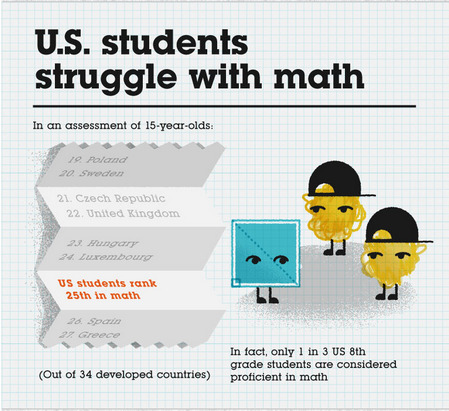
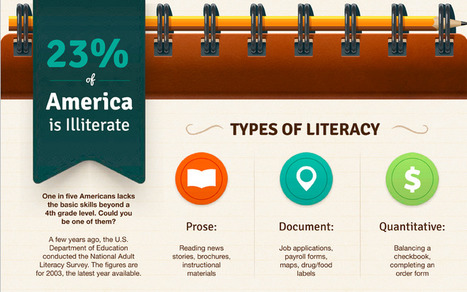
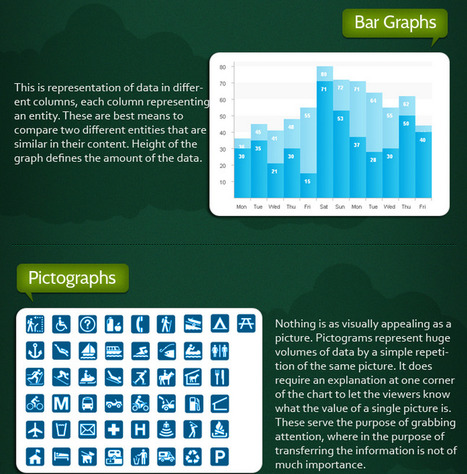




![Teachers are Heroes - They Help Shape Our World [INFOGRAPHIC] | Eclectic Technology | Scoop.it](https://img.scoop.it/3TpYF4XOXJMsp2crO5nlIzl72eJkfbmt4t8yenImKBVvK0kTmF0xjctABnaLJIm9)
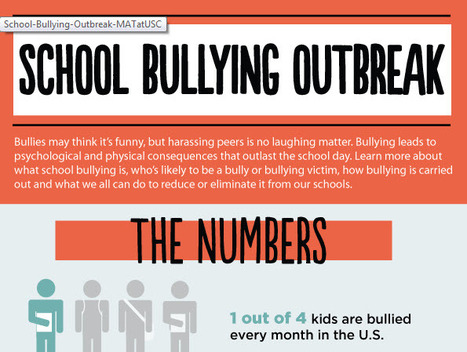
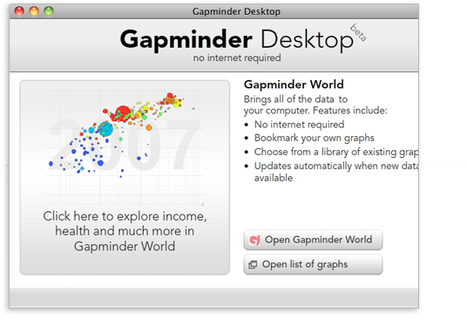





This is a fairly recent (~2 months old) view of a student today.
* Did you know that Secretary of State Arne Duncan has said that the majority of students will be minority students this school year?
* Did you know that the amount of homework assigned weekly be teachers varies from 2.9 hours in grades K-5 to 3.2 in grades 6-8 and 3.9 in grades 9 - 12?
Additional information in this infographic looks at the percentage of students engaged in after school activities; the percentage of students with a television, computer or other electronic device in their bedroom; the average hours of sleep lost by adolescents (based on their biological clock; percentage of overweight students (ages 10 - 17) and more.